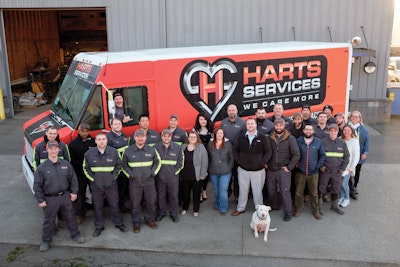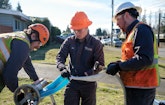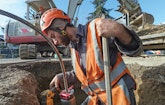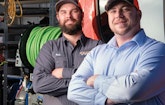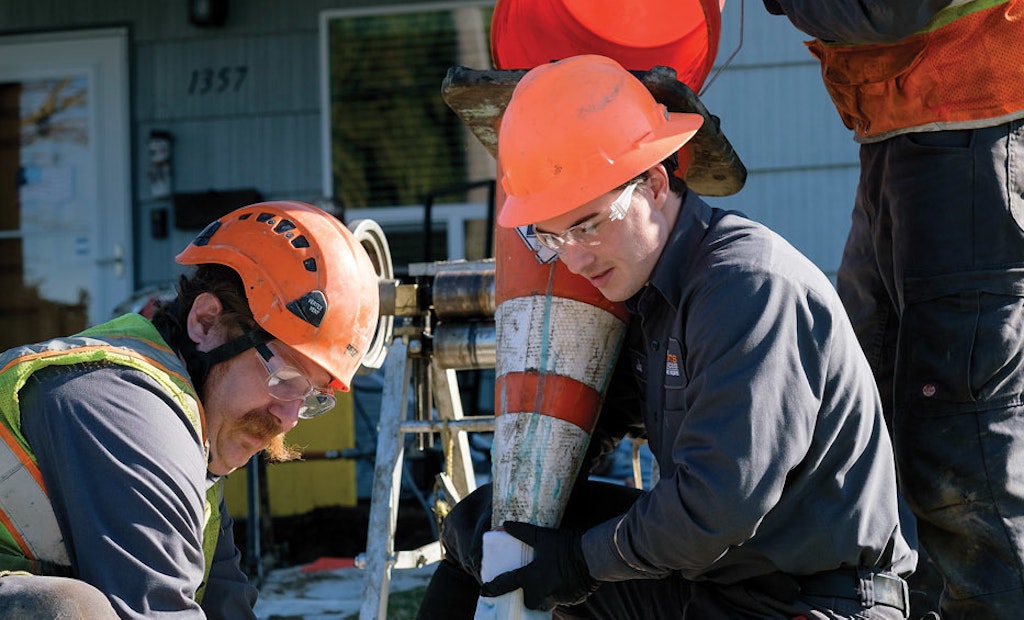
Harts Services underground lead Tim Paulk (left), apprentice Joe Ethington and apprentice Chris Ring pour resin into a liner during a residential CIPP repair job.
Spending years in the plumbing industry allowed Richard Hart to collect good intel about what a good plumbing company should be — and shouldn’t be.
In 2013, he morphed that vision into a reality when he established Harts Services in Tacoma, Washington, based on one key principle:...
